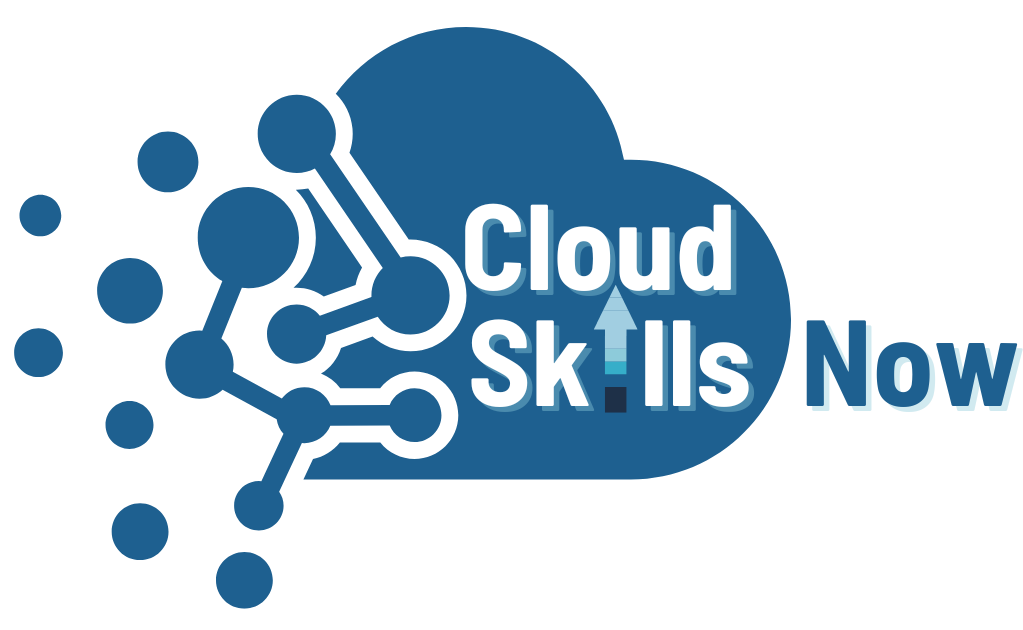EC-Council Certified Secure Computer User (CSCU) v3
- 2 Days Course
- Language: English
Introduction:
The CSCU program is designed to educate students on the safe operation of computers, devices, and networks by focusing on the more practical aspects of networking and security, allowing them to expand their skills. Students will develop a fundamental understanding of computer, device, and network security issues, including identity theft, credit card fraud, online banking phishing scams, malware, loss of sensitive information, and social engineering. This certification is an excellent complement to educational offerings for knowledge workers and end-users interested in becoming secure power users.
Objectives:
Identify the risk associated with various cyber threats
Implement data security
Secure different operating systems
Install and Configure antiviruses
Implement basic security measures when online
Implement appropriate security measures associated with online social networking
Implement various email security measures
Safeguard mobile devices from various attacks
Secure their cloud accounts
Secure network connections
Back up data and perform disaster recovery
Secure IoT devices and gaming consoles
Secure remote working
Course Outline:
Module 01: Introduction to Data Security
- Data Loss Statistics Over Time
- What is Data?
- What is Data Security?
Module 02: Securing Operating Systems
- What does an Operating System Do?
- Guidelines for Windows OS Security
- Guidelines for Mac OS X Security
- Resources on the Internet for Computer Security
- Operating Systems Security Checklist
- What are Guidelines for Public Computers?
Module 03: Malware and Antivirus
- New Malware Found – Last 5 Years
- What is Malware?
- What is Antivirus?
- Install Antivirus Software
- How to Test if Antivirus is Working?
- Antivirus Security Checklist
Module 04: Internet Security
- What is Internet Security?
- What is a Web Browser?
- What are the Threats to Web Browsers?
- How to Identify a Secure Website?
- What is Instant Messaging?
- Child Online Safety
- How to Report an Internet Crime?
- KidZui (Children Friendly Internet Software)
Module 05 Security on Social Networking Sites
- What are Social Networking Sites?
- What is Facebook?
- Facebook Security Tips
- What is Twitter?
- Social Networking Security Checklist
Module 06 Securing Email Communications
- What is Email?
- What is Encryption?
Module 07 Securing Mobile Devices
- What is Mobile Device Security?
- How to Secure iPad?
- How to Backup Data in iOS Devices?
- How to Enable Screen Lock in Android Devices?
- How to Enable Password in Windows Phone Devices?
- What are Mobile Security Tools?
- Bluetooth Security Checklist
- Mobile Phone Security Checklist
Module 08: Securing Cloud
- What is Cloud Computing?
- What are the Different types of Cloud?
- How Cloud Works?
- What are the Threats to Cloud Security?
- What Precautions to Take Against Cloud Security Threats?
- What are the Privacy Issues Faced on Cloud?
- What Precautions Can Be Taken For Data Privacy?
- What are the Bases for Choosing a Cloud Service Provider?
Module 09: Securing Network Connections
- What are Networks?
- Wi-Fi Vs. Ethernet
- What are the Duties of Network Administrators?
- What is a Home Network?
- What are Wireless Networks?
- How to Setup a Wireless Network in Mac OS X?
- How to Set up PC’s Name in Windows 10?
- How to Set up Workgroup Name in Windows 10?
- How to Share Files in Windows 10?
- How to Hide a Folder in a Shared Windows 10 Computer?
- How to Share a Printer in Windows 10?
- How to Access Printers on Other PC’s?
- How to Access Files on Other PC’s?
- How to Set up PC’s Name in Mac OS X?
- How to Set up Workgroup Name in Mac OS X?
- How to Create User Accounts in Mac OS X?
- How to Create Groups in Mac OS X?
- How to Share Files and Folders in Mac OS X?
- How to Share Printer in Mac OS X?
- How to Access Other Macs on the Common Network?
- What are the Threats to Wireless Networks?
- How to Secure Wireless Networks?
- What are Network Adapters?
- Home Network Safety Checklist
Module 10: Data Backup and Disaster Recovery
- What is Data Backup?
- What are the Reasons for Data Loss?
- What Files to Backup and How Often?
- Deleting Vs. Permanent Destruction
Module 11: Securing IoT Devices and Gaming Consoles
- IoT Devices
- IoT Devices Risks and Countermeasures
- Smart Home Systems
- How to Secure Alexa Devices?
- IoT children's toys
- What are Gaming Consoles?
- Gaming Console Security Risks
- Securing Gaming Console
Module 12: Secure Remote Working
- What is Remote Working?
- Why Security is Important in Remote
- Working
- Security Risks in Remote Working
- How to Mitigate the Security Risks in Remote Working?
- Digital Security Tips in Remote Working
- Physical Security Tips in Remote Working
- Prevent Social Engineering while Remote Working
- Password Protection Tips
- Secure Remote Working Checklist
- Secure Video Conferencing: Zoom Meeting Security Best Practices
- Secure Video Conferencing: Microsoft Teams Security Best Practices
- Do’s and Don’ts for Remote Working
Enroll in this course
$1,095.00
